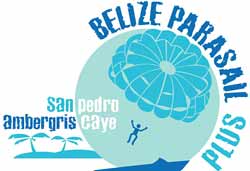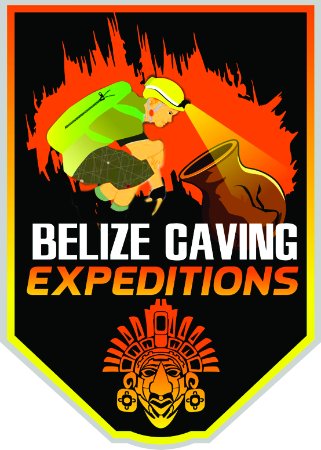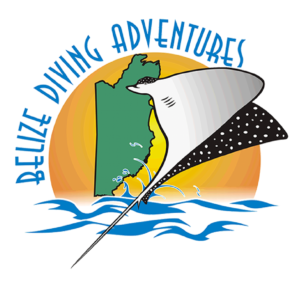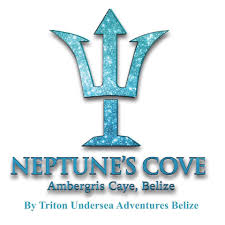|
There are about 348 species of hummingbirds in the world, with 26 species zipping through the airways of Belize. The Hummingbird is a very small species and one that many people are familiar with. There are 348 species, that have been identified. They live in regions found all over the world both in North & South America. With such a large number of species it ranks them as the second largest bird family in the world. The size of these Hummingbirds does vary though based on the species. To give you a good idea of their overall dimensions the smallest species is about 2.2 grams and the largest is about 20 grams. The smallest is the Bee Hummingbird and it is also noted to be the smallest bird in the world (found mainly in Cuba). These charming birds get their names from the fact that the rapid movement of the wings make a humming sound. This is actually the smallest of all birds in the world. They are also the smallest type of animal in the world that has a backbone so they are often studied intensely by researchers. Another reason that the Hummingbird is so well loved and researched has to do with the fact that it has the ability to move in ways that other birds can’t. It is the only species of bird that is able to fly in all directions. This includes backwards and even upside down. It is quite the sight to see! Hummingbird Facts - Did You Know? There are some wonderful facts out there about the Hummingbird to learn. These are definitely some of the most fascinating birds in the world.
At the same time many people find it is a great joy to have this type of bird in their yard, so it is an exchange that works well for humans and nature to benefit from. The life span for the Hummingbird is often very short. The majority of them won’t make it past their first year of life. Those that do will typically only live up to 4 years. In many locations these Hummingbirds are having trouble surviving due to their habitat being taken away. Problems with trees being removed, a lack of food, and even chemicals and other elements in their environment has resulted in some serious drops in numbers for some of the species. Even with education and conservation efforts though it may be very hard to get those numbers back up. Hummingbird Species - Here are a few found in Belize
You can expect a little rocket science from hummers – they have the biggest brain of all birds. Although their brains are 7,000 times smaller than ours, their brain to body weight ratio is 4.2% versus 2% for that of a 150-pound person. Hummingbirds remember every flower visited and how long it takes the plant to replenish pollen and nectar. While most birds seek out food sources by means of the visual spectrum only, hummingbirds can also detect ultraviolet patterns in flowers. The ultraviolet reflectance acts like a neon sign, advertising the location of pollen and nectar in the flower. Hummingbirds are great pollinators. There are about 348 species of hummingbirds in the world, with 26 species zipping through the airways of Belize. If you’re a birder and long to see a Green-breasted Mango, Purple-crowned Fairy or Sparkling-tailed Hummingbird, pack your binocs and book a trip to Belize. For a chance to view some of Belize’s hummingbirds – sit in the gardens at Belize Budget Suites. You’ll see them whizzing through the trees of these beautiful gardens. You might even be lucky enough to view their dazzling, dive-bombing display. BELIZE HUMMINGBIRDS This diminutive little hummingbird, is absolutely fabulous. Often covered in iridescent features, and an astounding mode of locomotion, is certainly one of Belize's special treats. These tiny birds, some only being 2" inches tall, have a metabolic rate which is astronomically high; they must feed throughout the day, from dawn to dusk. A female hummingbird under the additional stress of caring for her young must take in more than her body weight worth of nectar each day, with a supplement of insects for extra energy. When in action, the wings of a hummingbird beat madly about 50-80 flicks per second! In a figure 8 movement whereby the tilt of the wing is continually adjusted so that each stroke, both back and forth, forces the air down - and the bird up. Not only are hummingbirds able to hover "motionless" in midair, but they rise on the wing rather than push off as do most other birds, and they can fly backwards as well as forwards - at up to 71 m.p.h. All hummingbirds feed on nectar, and are important pollinators. Some hummingbirds have long, curved bills, while others have shorter and straighter bills. Most of the hummingbirds in Belize, have the longer bill. As they poke their beaks down these petal-formed tubes to get at the nectar at the base, pollen from the stamens sticks (on the flower) attache to their chin feathers and then to the next flower. The more pollen they collect, the more flowers they pollinate, and then my sister Christina has more flowers, she has to write about. And so it goes. The hummingbird does not exactly drink, they sip their nectar. Instead, it has a long, extensible tongue which forms grooves up its sides through which the nectar is drawn by capillary action. Although I have see dozens of hummingbirds dining together at the same time, hummingbirds are naturally territorial about their food sources and a male can become quite aggressive about maintaining the privacy of his patch. We've often seen a fight or two at grandpa's cabin, over who is going to get to drink next. Belize officially claims only 26 of the over 348 species of hummingbirds as her own, but who knows how many other hummingbirds cross our air space each day? Although as a genus they range far and wide, most species very definitely have tropical dispositions. Brightly colored and mesmerizing, hummingbirds are some of the most interest of the nearly 10,000 bird species in the world. If you live in the United States, you probably seen them fluttering around during the summertime. Perhaps you've have fed them, too the name hummingbird comes from the buzzing sound of their fast-flapping wings. Hummingbirds are native species of the New World and are not found outside of the Western Hemisphere except in a few zoos or aviaries. There are no hummingbirds found in Europe, Africa, Asia, Australia, or Antarctica. These tiny, feathered creatures are astounding to even the most experience birders. Hummingbird Physical Characteristics
Hummingbird Diet & Feeding Habits There are many types of food that Hummingbirds consume. They mainly will consume sugar and sap. They also consume pollen and they will eat small insects as a way to get protein. These birds can eat up to 3 times their own weight in food every single day. There are rumors about Hummingbirds hibernating but many people dismiss them. This is something though that has some truth to it. Feeding habits are very interesting for this species of bird. They can feed up to 8 times an hour. Each time that they feed the duration is from 30 seconds to 1 minute at a time. These birds have the highest natural metabolism of all animals in the world. The main sources of food for the Hummingbird is sugar, sap, pollen, and insects. They will consume up to 3 times their body weight in food daily. There are many types of food that Hummingbirds consume. They mainly will consume sugar and sap. They also consume pollen and they will eat small insects as a way to get protein. These birds can eat up to 3 times their own weight in food every single day. There are rumors about Hummingbirds hibernating but many people dismiss them. This is something though that has some truth to it. While these birds don’t have a typical season for hibernating they will do so if they need to conserve energy due to a lack of food. Then their metabolism slows down to an extremely small speed and they can continue to survive. Many people offer bird feeders in their yards where Hummingbirds come to feed. It is a great way to help these birds to thrive.
Hummingbird Species
Mating & Reproduction Hummingbird harems (or leks), are the hippy communes of the bird world. Up to 100 males congregate in the lek colony and carve out their turf – which may simply be a perch on a petal. Then, the singing begins – both solo and chorus performances – with the sole aim of attracting females into the lek. After singing their praises, the male hummers then dance for the apple of their eye. Flashing their gorgets (colourful patch of throat feathers), the courtship continues. With avian swagger, they puff out their chests, bop their heads from side to side and “dance” in the air, showing off their tail feathers. If the female is impressed, the mating ritual is consummated. While hummingbird breeding occurs year round in Belize, the height of breeding takes place when flowers are in profusion. Look for hummingbird leks in Belize on the forest floor, in a clearing or on a slope under the canopy. As few as 3 male hummingbirds may form a lek so you have to be eagle-eyed to spot a hummer harem. Belize’s Western Long-tailed Hermits are an example of lek-breeders. Research evidence shows that leks are formed just before sunrise – so the early bird gets the bird. The Ruby-Throated Hummingbird, one of the hummingbird species found in Belize, is not a lek-breeder. The males do mate with more than one female hummer, but not in Belize. They reserve their mating cycle to the spring and summer months in North America. However, the courtship rituals of the Ruby-Throated Hummingbird – and many other Belize hummingbirds – are a sight to behold. In a flamboyant display of artistry and skill, males skyrocket up to 50 feet in the air and then dive downwards up to 60 mph, with wings flapping up to 200 times per second, registering a G-force almost nine times that of gravity. They put on the brakes and pull a sharp U-turn upwards just before contact. This U-turn wooing is repeated again and again. When they’re not pulling U-turns or humming in their harems, hummers are out scouting for food – efficiently and intelligently.
Migration
Miscellaneous
18 FUN FACTS - I BET YOU DIDN'T KNOW ABOUT HUMMINGBIRDS It's the time of year when the magnificent hummingbirds begin their long journey north to enjoy the spring and summer months in North America. Let's celebrate the hummingbirds by learning more about them. Here is a list of interesting hummingbird facts to brush up on before they make their way to your area!
Hummingbird Highway in Belize Hummingbird Highway is one of the four major highways in Belize. It connects the George Price Highway outside of Belmopan (Cayo District), to the Southern Highway outside of Dangriga (Stann District). It partially follows, and sometimes uses the infrastructure of, the former Stann Creek Railway. A paving project was completed in 1994. All the citrus produced in Belize travels along this highway to the two major processing plants in Stann Creek district. There are quite a few small villages along the highway. A new bridge was completed over the Sibun River in 2004, and a new bridge inaugurated in 2006 across Silver Creek; however, there are still quite a few one-lane dilapidated bridges over numerous creeks and streams. The traffic along the Hummingbird Highway has been on the increase lately due to an increase in demand for eco-tourism and the passage of petroleum trucks, which use the highway as a shortcut en route to the George Price Highway (which terminates at the Guatemala border). The Hummingbird Highway is the only highway in Belize which cuts through the mountains of Belize. The highway rests in a valley which comprises citrus orchards in the lowlands and the untouched jungle habitat on the outskirts and beyond.
0 Comments
Your comment will be posted after it is approved.
Leave a Reply. |
Is located on the island of Ambergris Caye, directly across from the Belize Barrier Reef, off the mainland coast of Belize. The property is nestled in a cluster of Australian Pine trees, backed to a littoral jungle, and surrounded by tropical gardens. It's about a one minute walk from the property to the beach, and a 10-15 minute drive from the island airstrip to the property.
We offer one bedroom suites (455 s.f.) of living area to include: livingroom, kitchenette, private bathroom and bedroom. We are also about a one minute walk from one of the best restaurants on the island serving (breakfast, lunch & dinner). Within walking distance you can find: (3) blocks is Robyn's BBQ (4) blocks is 2 fruit stands (5) blocks local grocery store IF YOU'RE COMING TO BELIZE TO............... If you're coming to Belize to dive the Blue Hole, descend the shelf walls at Turneffe, snorkel the Barrier Reef, explore Mayan ruins, rappel into a cave, kayak along the river through caves, zip line through jungle tree tops, hike through a cave to see an ancient human skeleton, swim with sharks, listen to Howler Monkey's, hold a boa constrictor, feed a jaguar, horseback ride through the jungle, canoe through a cave, rappel down a waterfall, sail around an island, enjoy cocktails & dinner to a sunset, climb 130' feet to the top of a Mayan ruin, rip up the jungle trails on an ATV, float through a series of caves on a tube, and sip on a rum punch..... then this is the place for you. Belize Budget Suites, offers you clean, affordable, attractive, accommodations, at prices that allow you to do all the things just mentioned. Archives
February 2021
Categories
All

For All Your Home Improvement Needs

For all Your Real Estate Needs
501-226-4400 10 Coconut Dr. San Pedro, Belize Your Ad Could Go Here
|

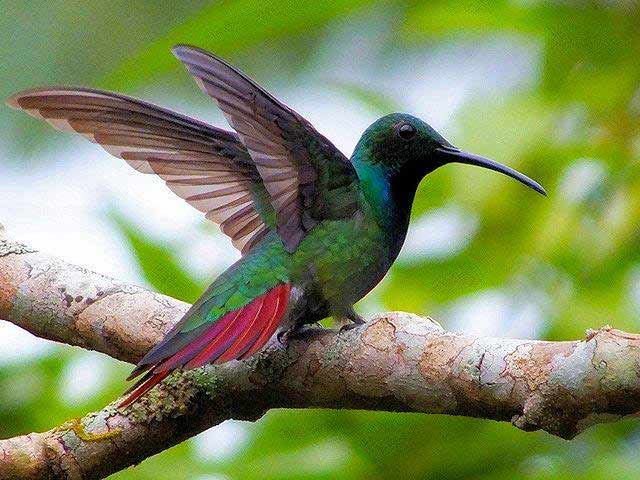
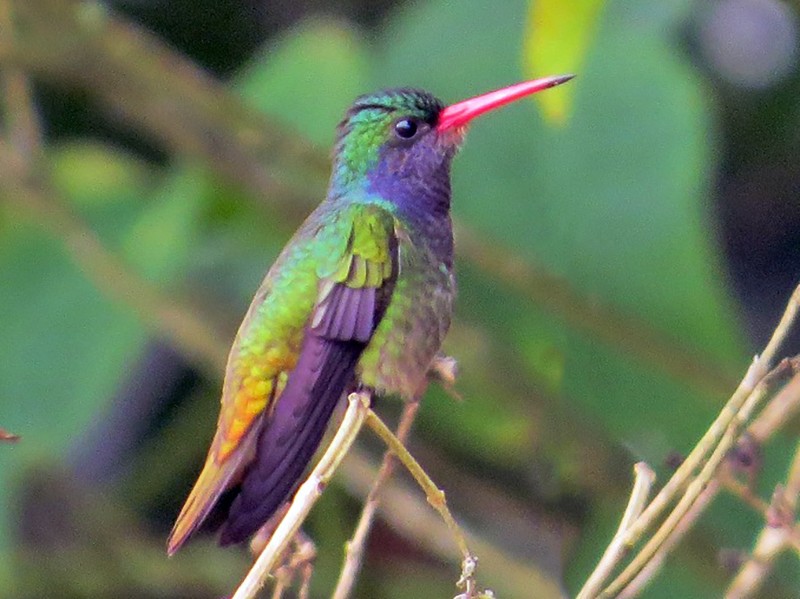
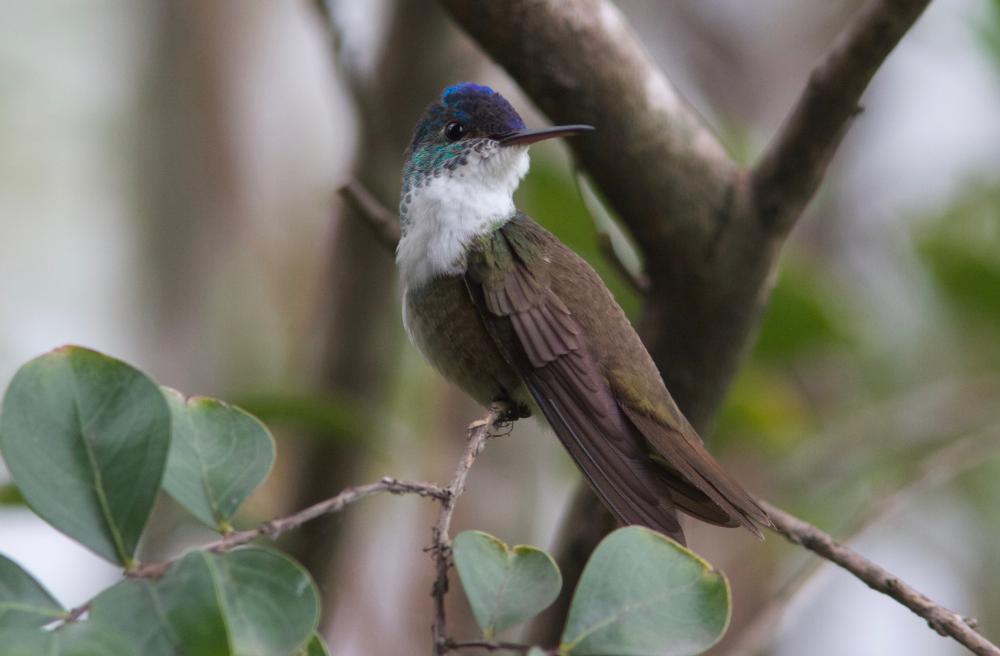
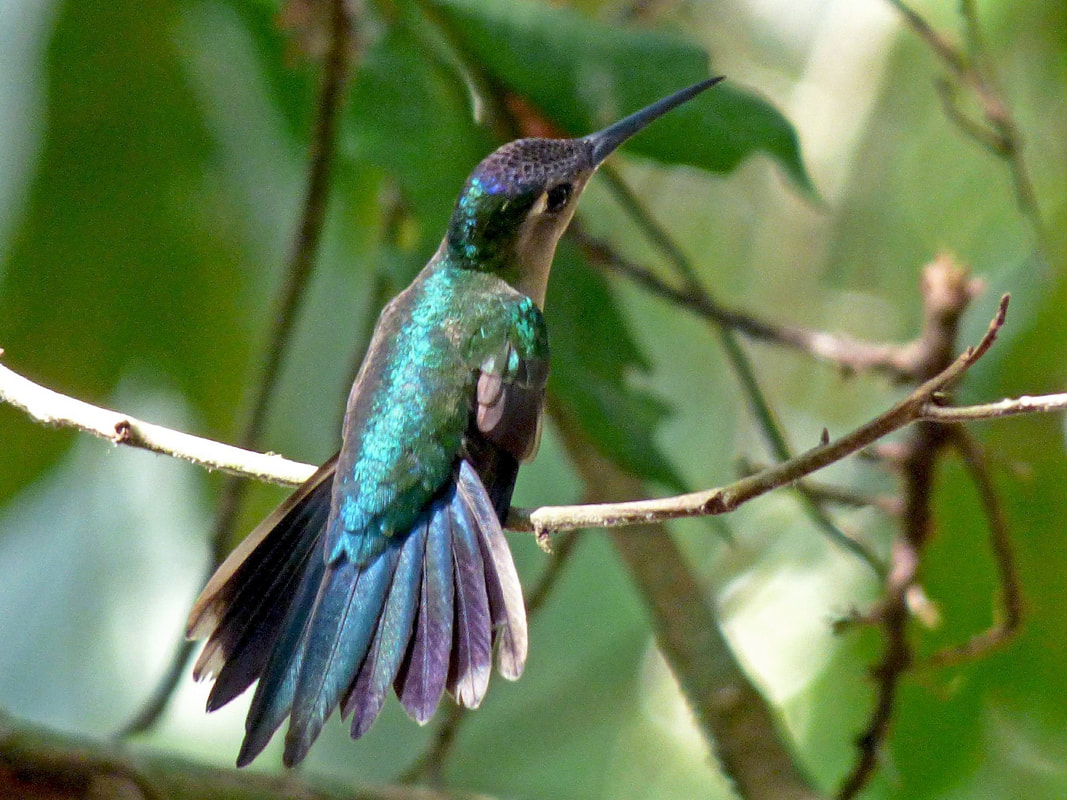
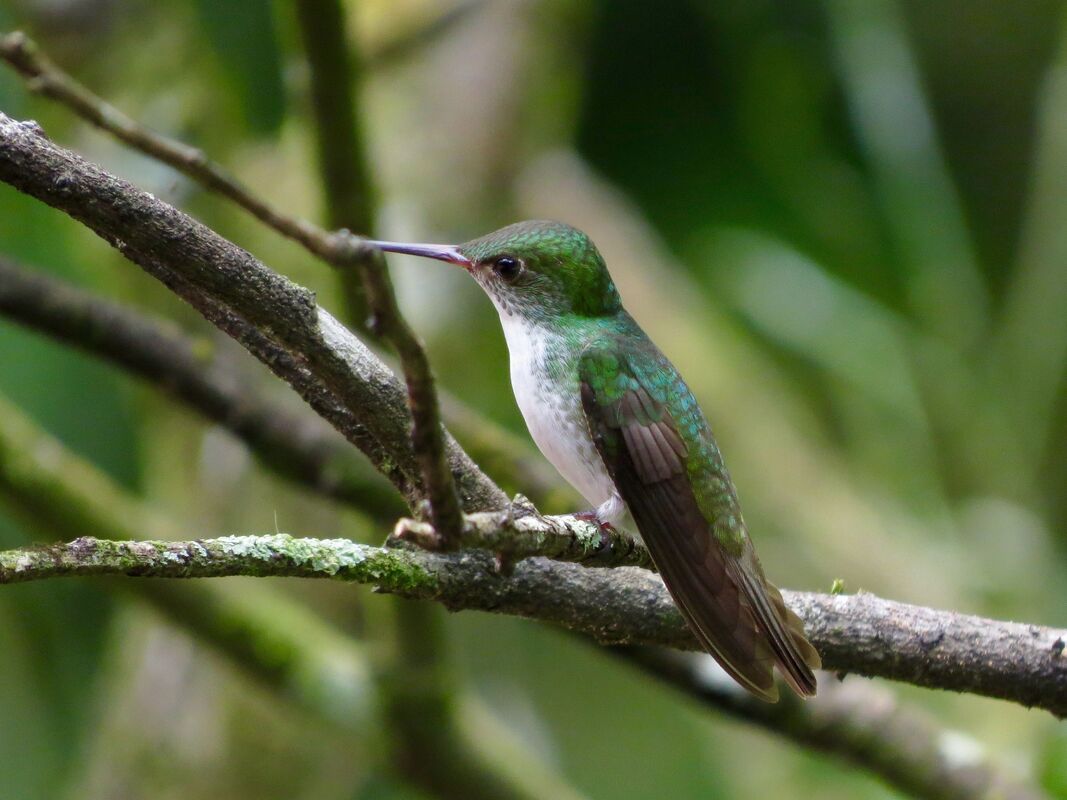
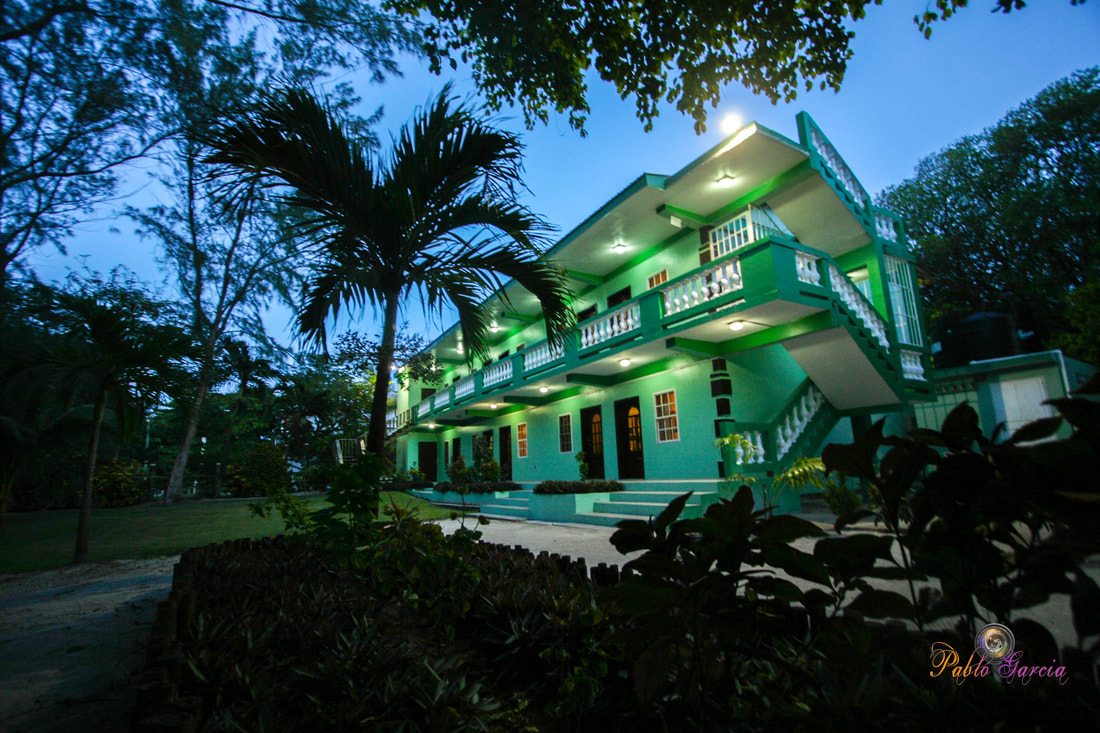
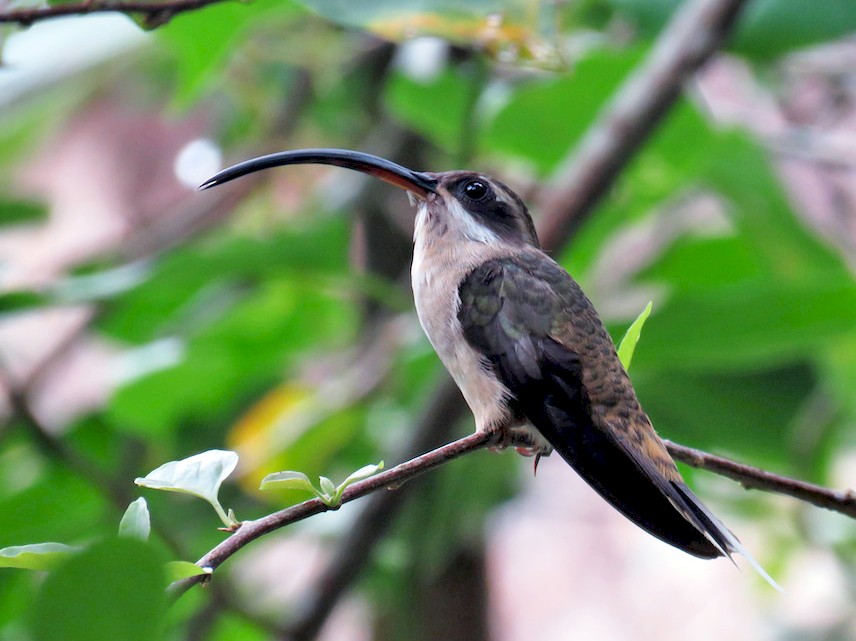
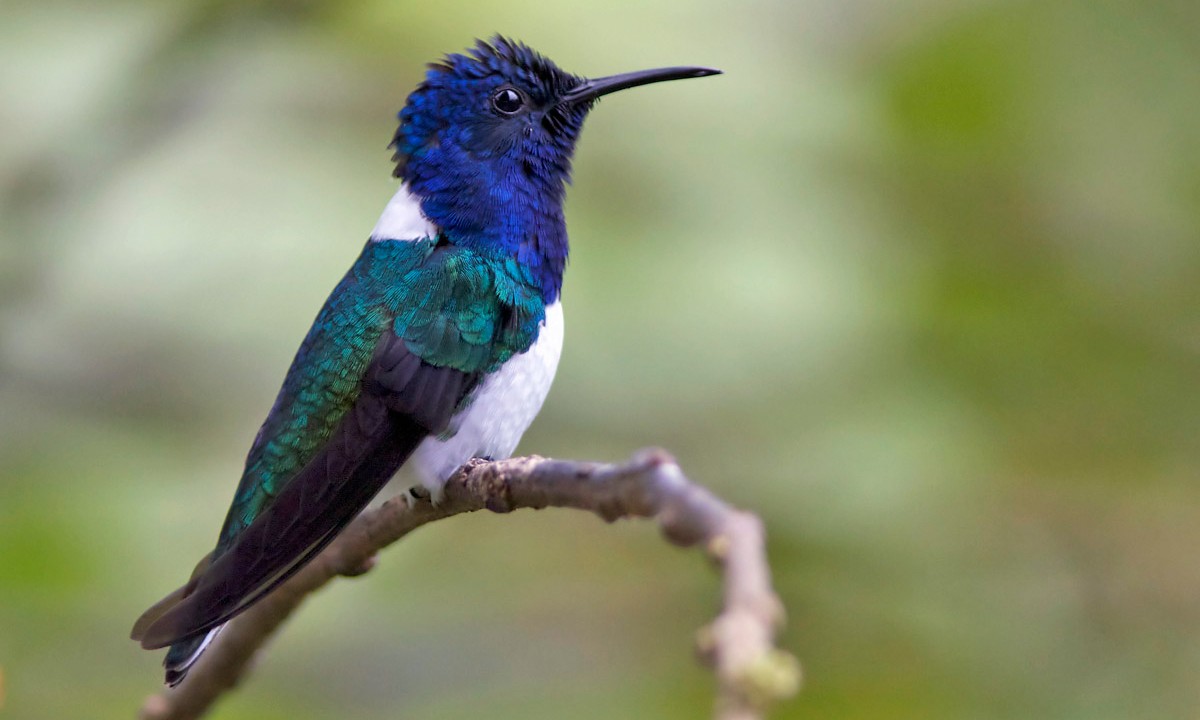
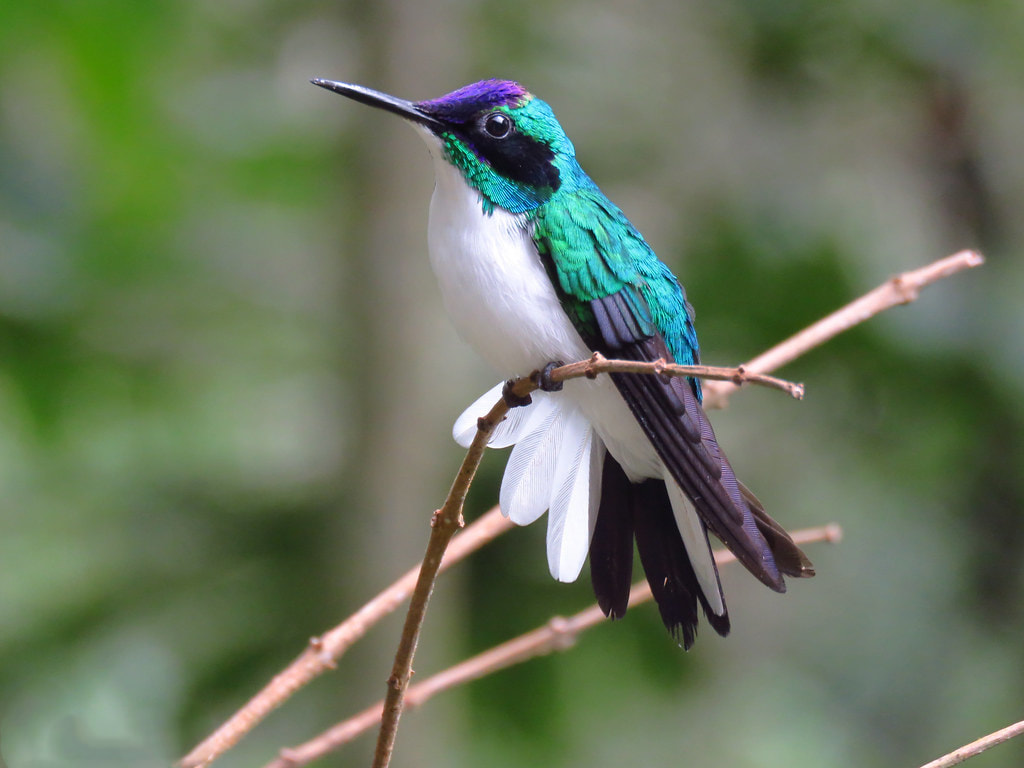

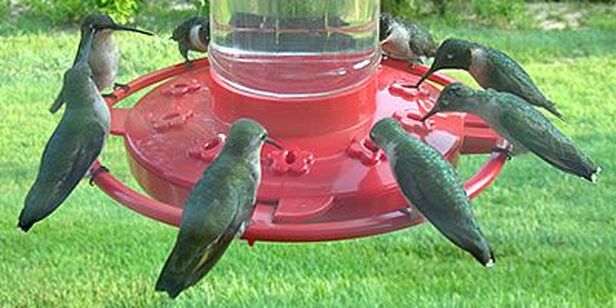
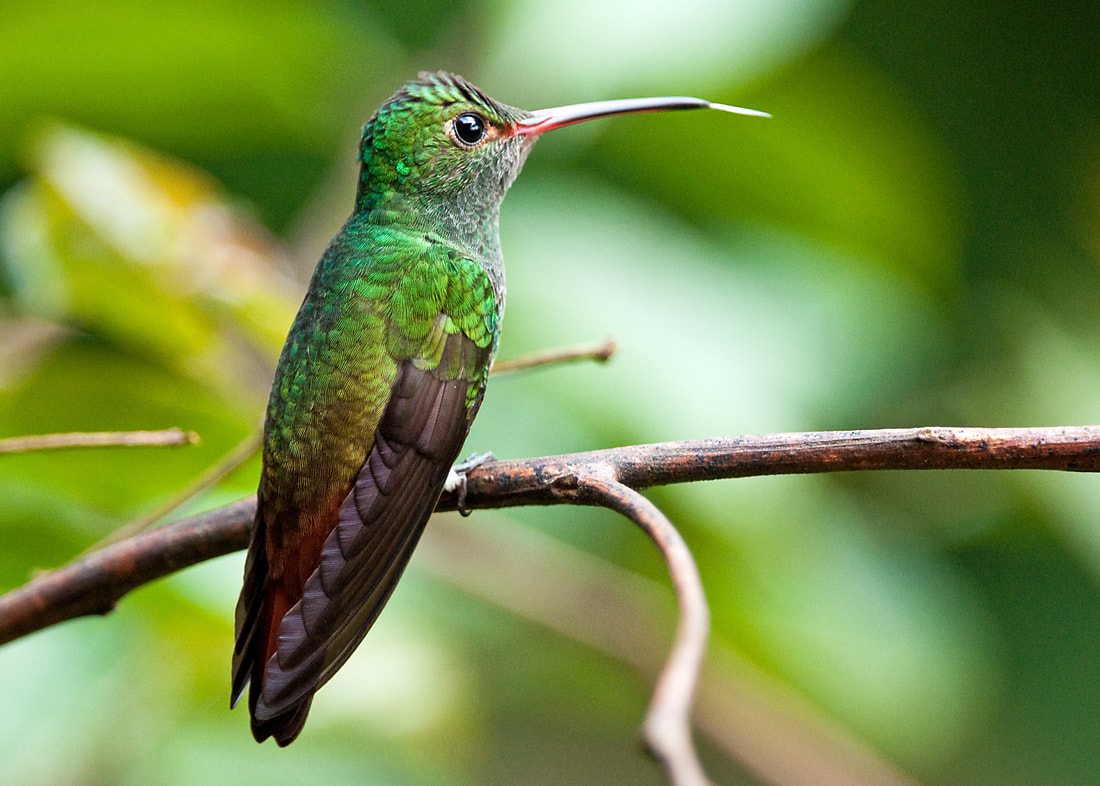
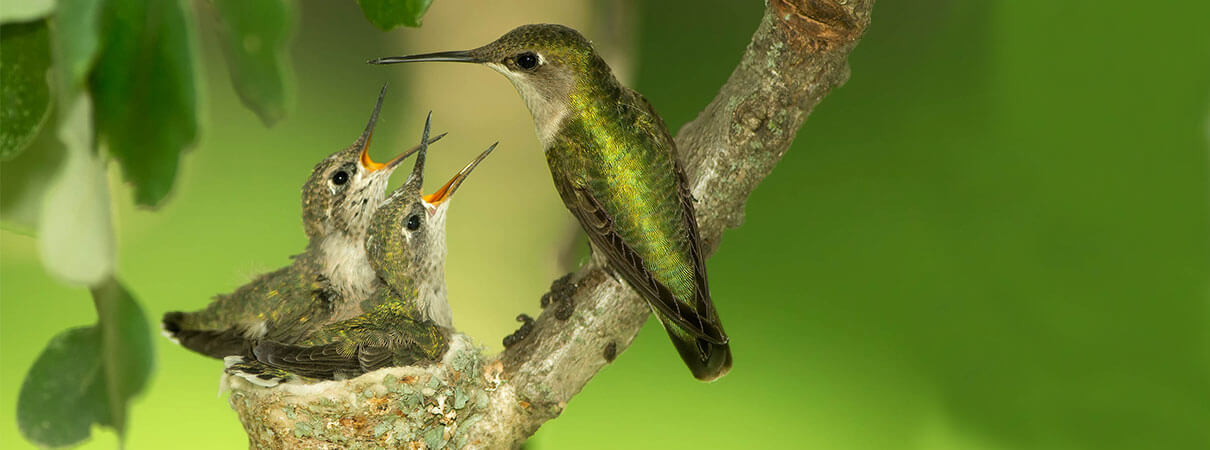
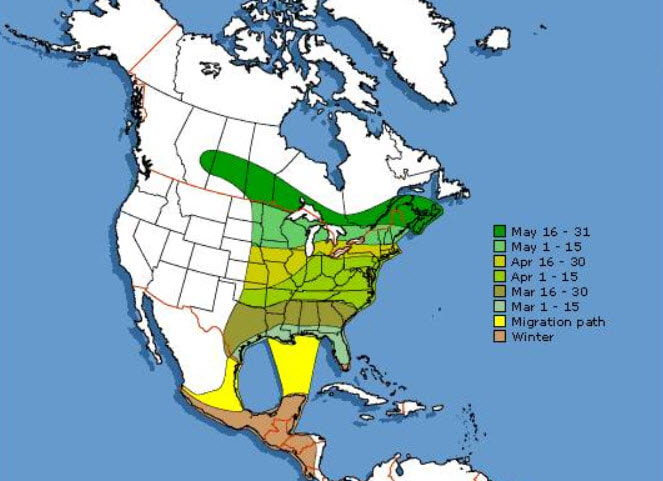
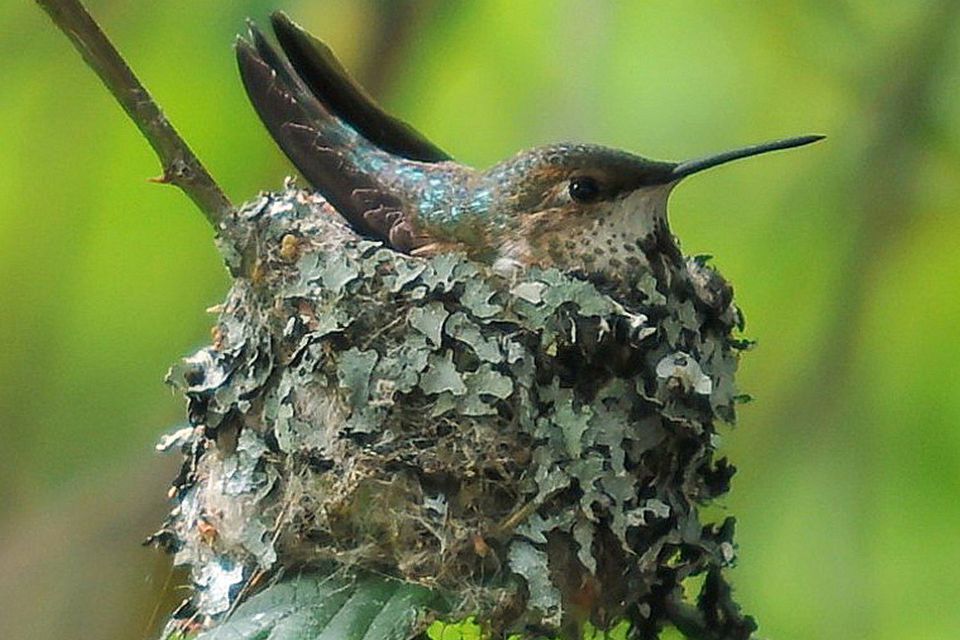
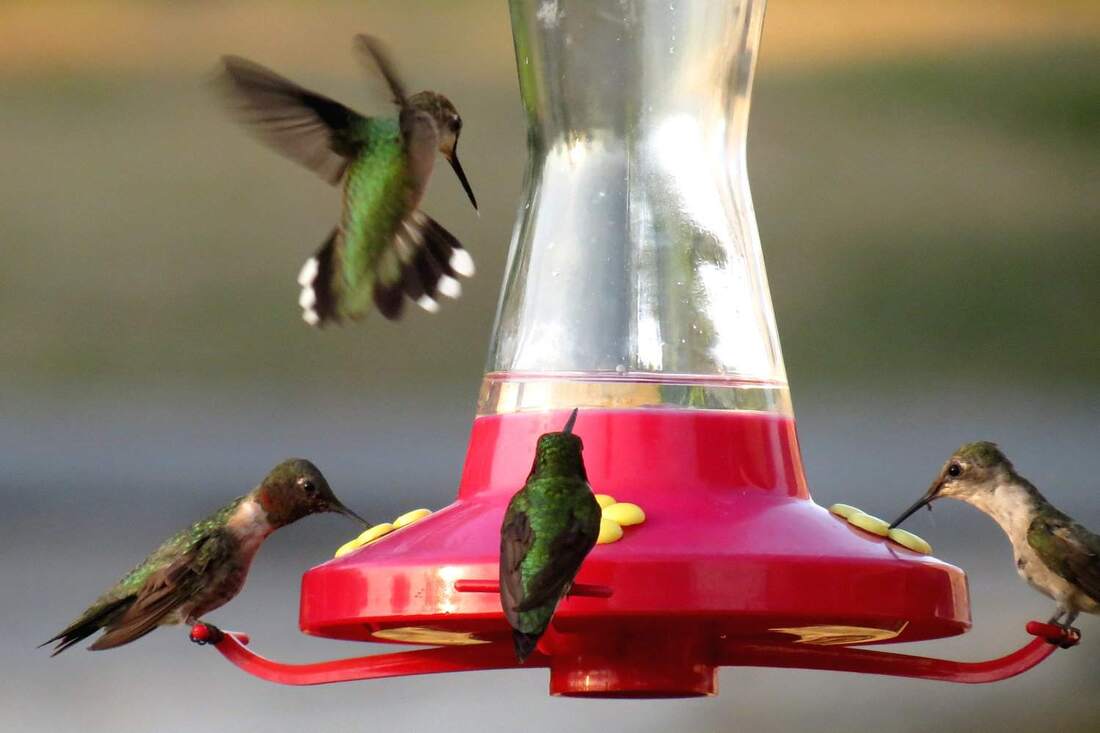
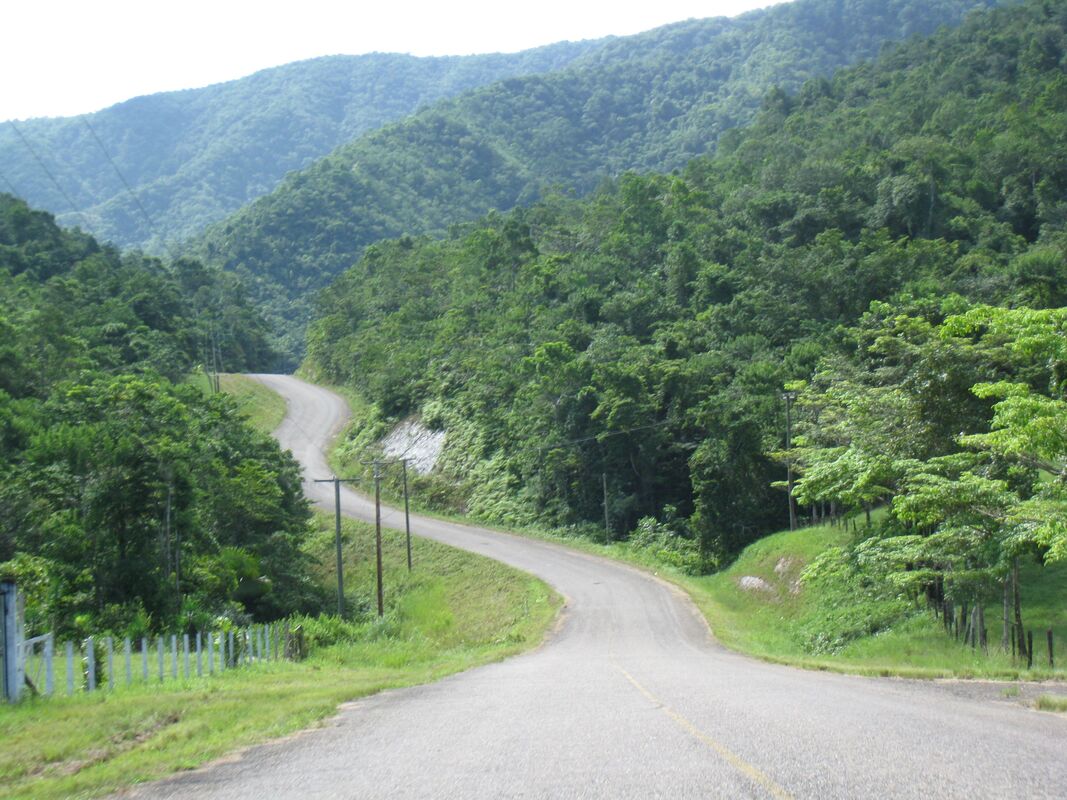

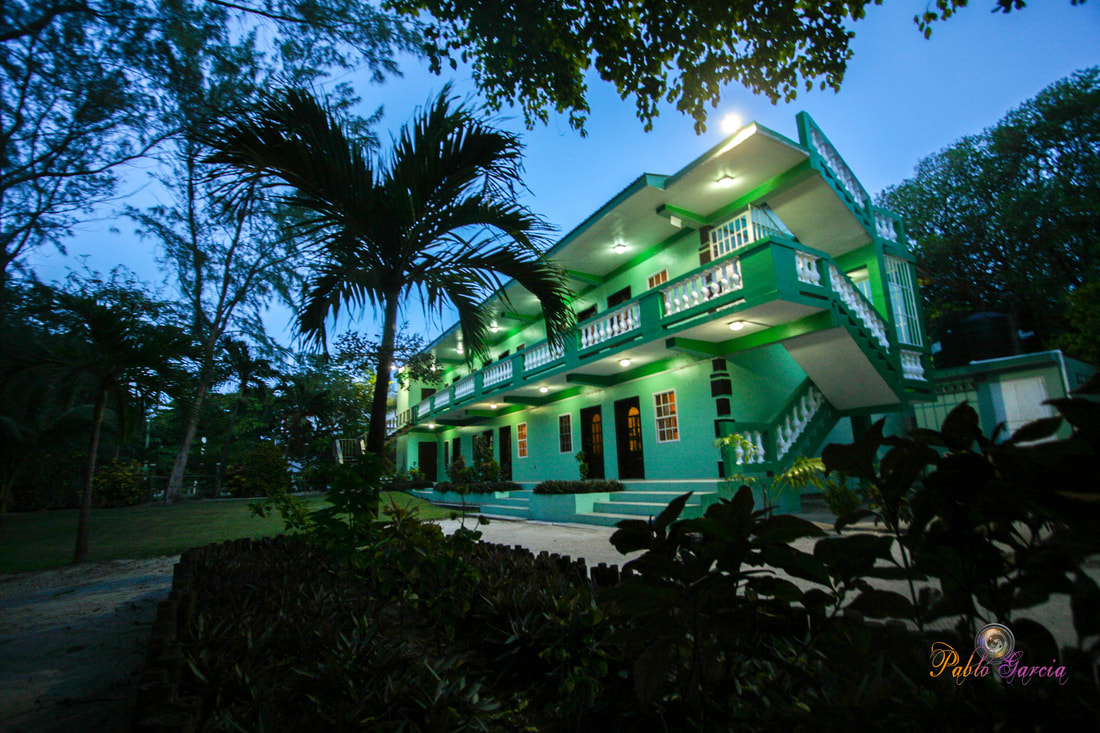
 RSS Feed
RSS Feed







